Everett House-Pender Museum
Introduction
Text-to-speech Audio
Pender Museum was moved to this location in 1968 from its original site in Conetoe. It serves as a museum and has a collection of local artifacts.
Images
Often called the Pender Museum because the Pender family funded the relocation of this farm house, it was actually the home of Silas Everette and his wife and later owned by the Walston family.
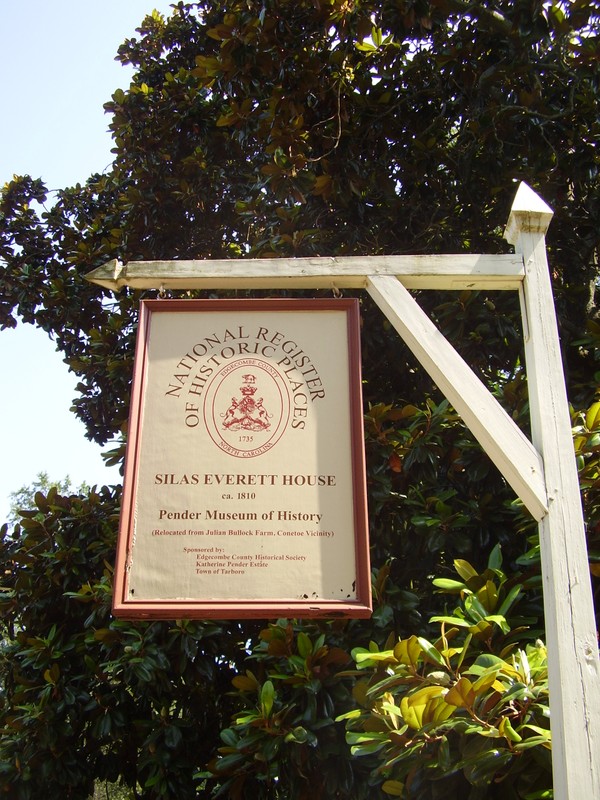
The front entry of the house features original porch posts and benches on the front porch which served as a work area for some activities such as shelling beans or shucking corn.
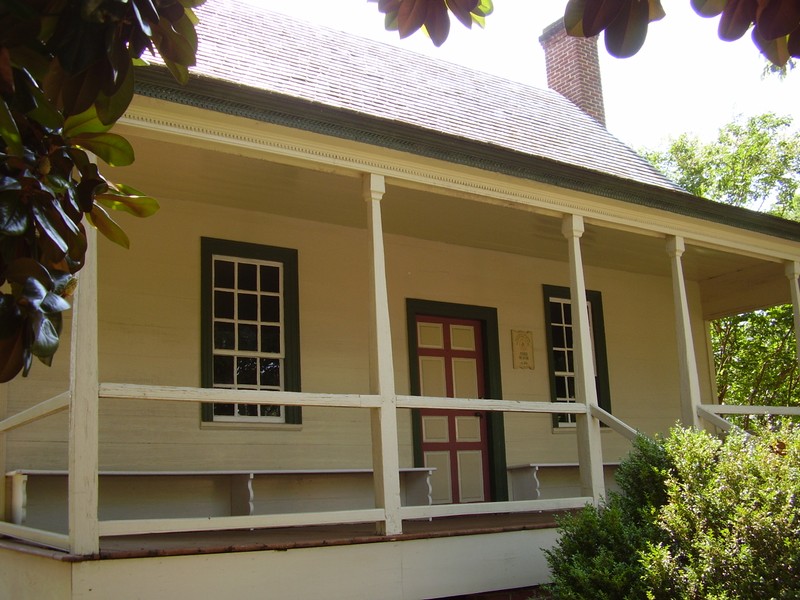
Behind the house is an herb or kitchen garden to demonstrate to visitors the types of plants used in hearth cooking.
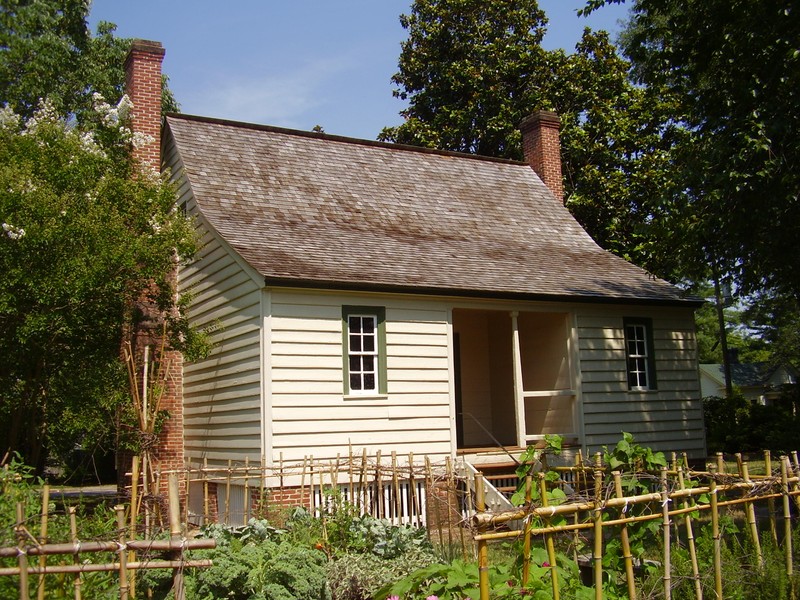
Front Parlor.
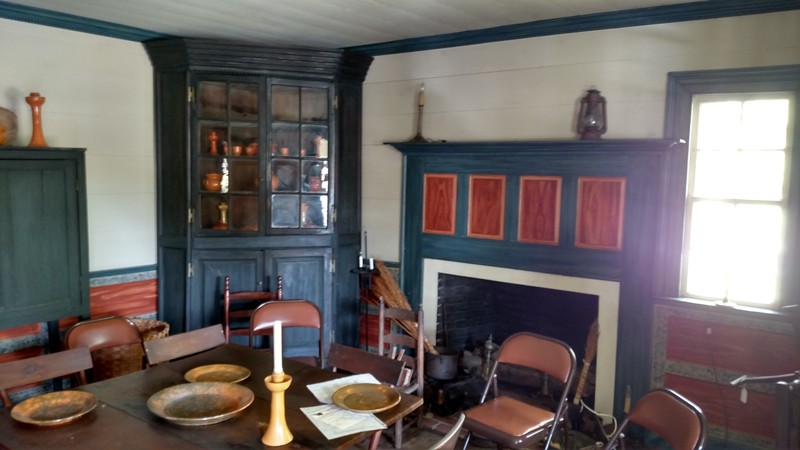
Spiral Stair leading to loft above.
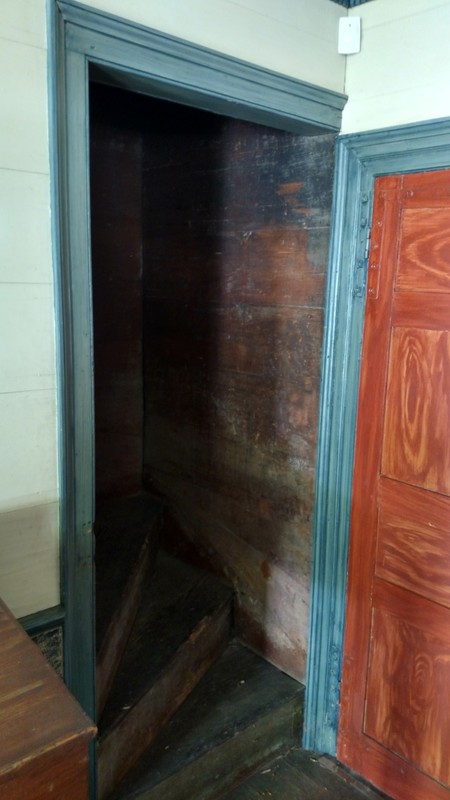
Bed chamber to left of Parlor.
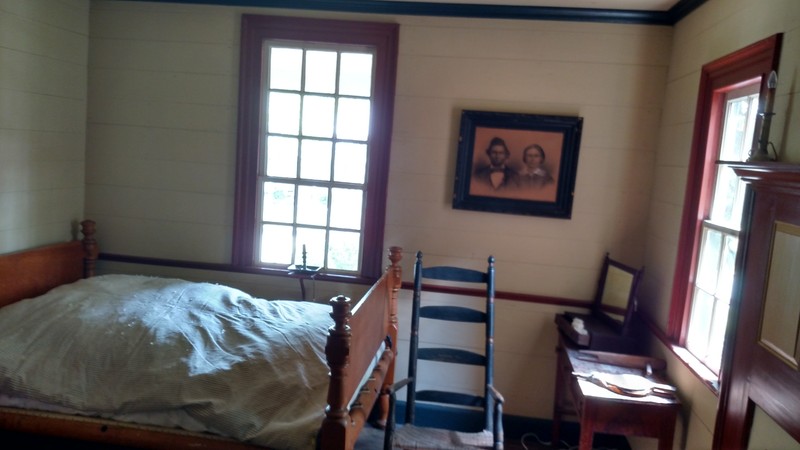
Back-left Chamber.
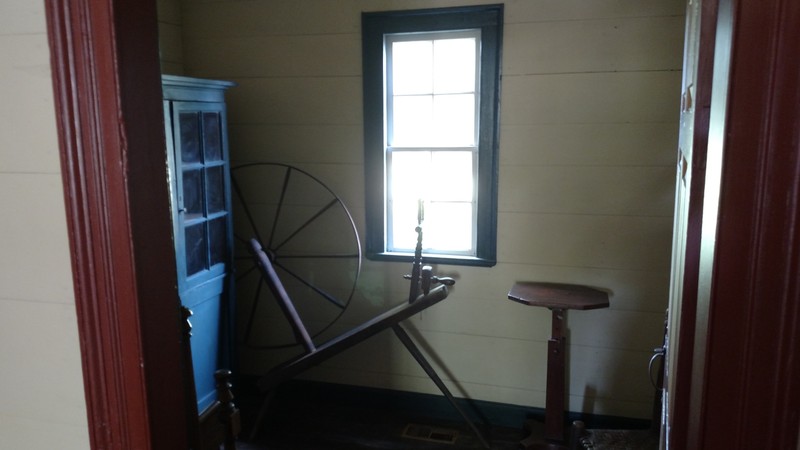
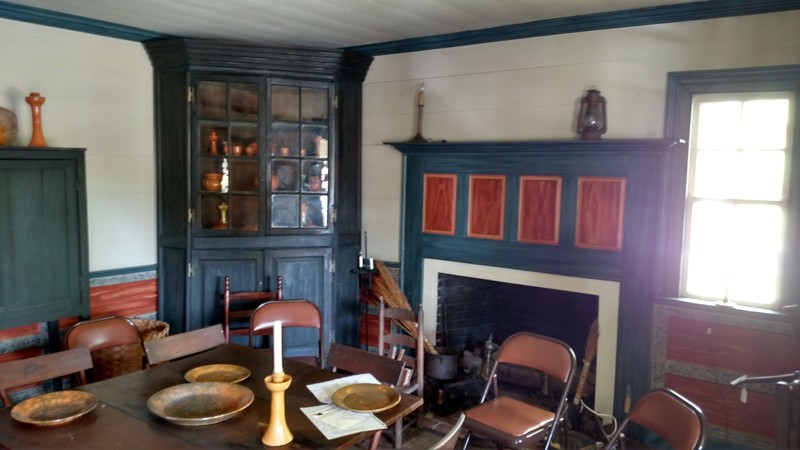
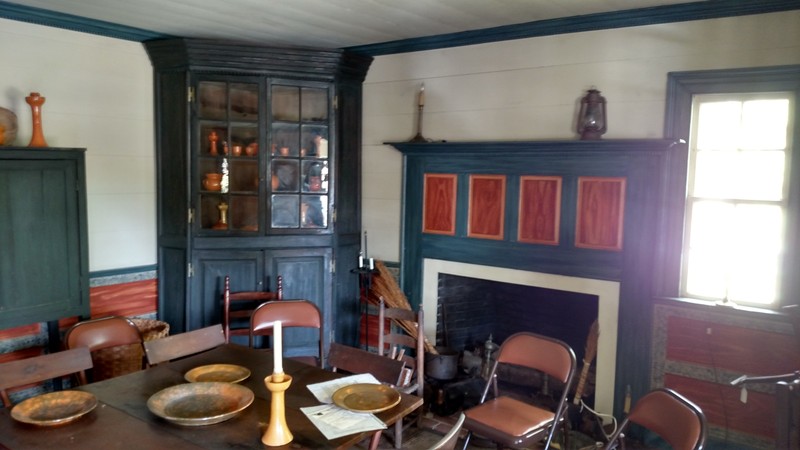
Backstory and Context
Text-to-speech Audio
After purchasing the house and about 478 acres of land from Amos Lewis in 1814, Silas and Rebecca Everett would occupy the house throughout the early and middle nineteenth century. The Everett's had no children. Much of the work on the farm was performed by slave labour. After Silas died in the late 1830s, Rebecca would continue the farm, and by 1860 she owned about 12 slaves.
Typical of small farms in eastern North Carolina during the early and middle nineteenth century, the Everett family would most likely not have been involved in commerce outside the home. Rather, each task and venture of the family, toward their sustainability, would have been performed upon the homestead. The Everett family would have produced their own food and clothing. About the house would have been a kitchen garden, having vegetables and herbs for both medicinal and culinary purposes. A small vineyard may have been erected for grapes, and an orchard would have served for fruit and nut trees and shrubs bearing berries. Cows for dairy and meat would have grazed in the open, as would goats, sheep, swine, and chickens. Clothing would have been fashioned by flax, cotton, and wool. A spinning wheel might be found inside the home, and perhaps a loom, for preparing fabric to be knitted into clothing and blankets.
Cooking during the early and middle nineteenth century would have been done either in a farm kitchen outside the home, or using a fireplace inside the home, having a hearth crane to swing pots in and out from over the open flame. Preserving food was a necessity, and vegetables and fruits were often canned, and meats were cured in a smokehouse. A well or cistern would have provided water for drinking, cooking, and bathing.
Handiwork, such as metal working, might have been performed on the farm, or perhaps by a local Blacksmith and tinsmith, especially the more complicated pieces.
The simple architecture of the Everett house proves no true adherence to any fancy stylistic form; however, in small part follows the traditional and vernacular style of eastern North Carolina houses of early nineteenth century. The style is coastal cottage, or Carolina cottage; a one and half story. Interesting to note are the places on the interior of faux painting. The house was well built, and may have been the product of a hired carpenter, which would have been unusual for small farm families of the time. The interior consists of a hall and parlor plan, having a front parlor, a bed chamber to the left, and another chamber on the back-left of the house. There is a front porch encompassing the front facade, and a back shed porch with a shed room to the right. Two chimneys are placed on either side of the house, with their respected fireplaces in the first story. A spiral stair in the back of the parlor leads to a large loft upstairs where one or two chambers may have been.
Typical of small farms in eastern North Carolina during the early and middle nineteenth century, the Everett family would most likely not have been involved in commerce outside the home. Rather, each task and venture of the family, toward their sustainability, would have been performed upon the homestead. The Everett family would have produced their own food and clothing. About the house would have been a kitchen garden, having vegetables and herbs for both medicinal and culinary purposes. A small vineyard may have been erected for grapes, and an orchard would have served for fruit and nut trees and shrubs bearing berries. Cows for dairy and meat would have grazed in the open, as would goats, sheep, swine, and chickens. Clothing would have been fashioned by flax, cotton, and wool. A spinning wheel might be found inside the home, and perhaps a loom, for preparing fabric to be knitted into clothing and blankets.
Cooking during the early and middle nineteenth century would have been done either in a farm kitchen outside the home, or using a fireplace inside the home, having a hearth crane to swing pots in and out from over the open flame. Preserving food was a necessity, and vegetables and fruits were often canned, and meats were cured in a smokehouse. A well or cistern would have provided water for drinking, cooking, and bathing.
Handiwork, such as metal working, might have been performed on the farm, or perhaps by a local Blacksmith and tinsmith, especially the more complicated pieces.
The simple architecture of the Everett house proves no true adherence to any fancy stylistic form; however, in small part follows the traditional and vernacular style of eastern North Carolina houses of early nineteenth century. The style is coastal cottage, or Carolina cottage; a one and half story. Interesting to note are the places on the interior of faux painting. The house was well built, and may have been the product of a hired carpenter, which would have been unusual for small farm families of the time. The interior consists of a hall and parlor plan, having a front parlor, a bed chamber to the left, and another chamber on the back-left of the house. There is a front porch encompassing the front facade, and a back shed porch with a shed room to the right. Two chimneys are placed on either side of the house, with their respected fireplaces in the first story. A spiral stair in the back of the parlor leads to a large loft upstairs where one or two chambers may have been.
Sources
Bishir, Catherine W. North Carolina Architecture.
Chapel Hill: University of North Carolina Press, 2005. Print.
Deetz, James. In Small Things Forgotten. New York: Anchor Books, 1996. Print.
Fleming, Monika. “Antebellum Life on an Edgecombe County Farm”.
Tar Heel Junior Historian. 50.1 (fall 2010): 1-4. Web.
Sutherland, Daniel E. The Expansion of Everyday Life.
New York: Harper & Row, 1989. Print.
The Pender Museum. 9 October 1970. National Register of Historic Places.
Web. 25 April 2016.
University of Tennessee Press. American Home Life.
Ed. Jessica H. Foy and Thomas J. Schlereth. Knoxville: University of Tennessee
Press, 1992. Print.
